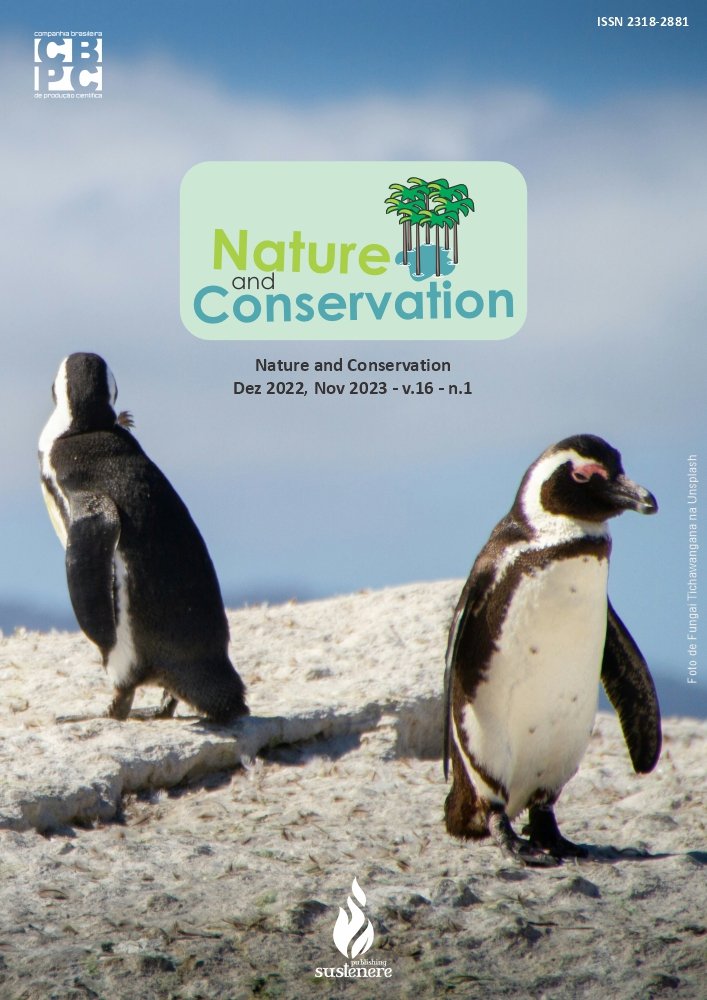Anatomy and histochemistry of Crotalaria retusa l. (Leguminosae - Papilinoideae)
DOI:
https://doi.org/10.6008/CBPC2179-6858.2021.008.0011Keywords:
Morfoanatomy, Trichomes, Xique-xiqueAbstract
The genus Crotalaria is one of the largest in the Leguminosae family, with great morphological similarities among some species, such as C. retusa and C. spectabilis, and insufficient information regarding their morphology, which could facilitate identification. In view of the above, this article aimed to analyze the anatomical and histochemical characteristics of the leaves, stems and roots of Crotalaria retusa L., and to use these characteristics as a tool to help identify the species. The C. retusa semple were collected on the campus of the Federal University of Rio Grande do Norte - UFRN. Vegetative structures were evaluated under light microscope, to analyse the anatomy and histochemistry, and scanning electron microscope. C. retusa presents unicellular trichomes on the stem and leaves on both sides, differing from that observed for C. spectabilis and other species of the genus, still presented idioblasts only in the region of the palisade parenchyma, an unusual structure between the genus. A histochemical analysis showed the presence of starch in the tissues of the parenchyma in the different organs and the absence of lipid and phenolic compounds. These results show that an anatomy can be used in conjunction with a morphological description of the species to resolve conflicts in identification in cases of greater similarity.
Downloads
Downloads
Published
Issue
Section
License
Copyright (c) 2021 Ibero-American Journal of Environmental Sciences

This work is licensed under a Creative Commons Attribution-NonCommercial-NoDerivatives 4.0 International License.
The CBPC - Companhia Brasileira de Produção Científica (Brazil CNPJ: 11.221.422/0001-03) the material rights of the published works. The rights relate to the publication of the work anywhere in the world, including rights to renewals, expansions and dissemination of the contribution, as well as other subsidiary rights. All electronically published works may subsequently be published in printed collections under the coordination of this company and / or its partners. The authors preserve the copyright, but are not allowed to publish the contribution in another medium, printed or digital, in Portuguese or in translation.









